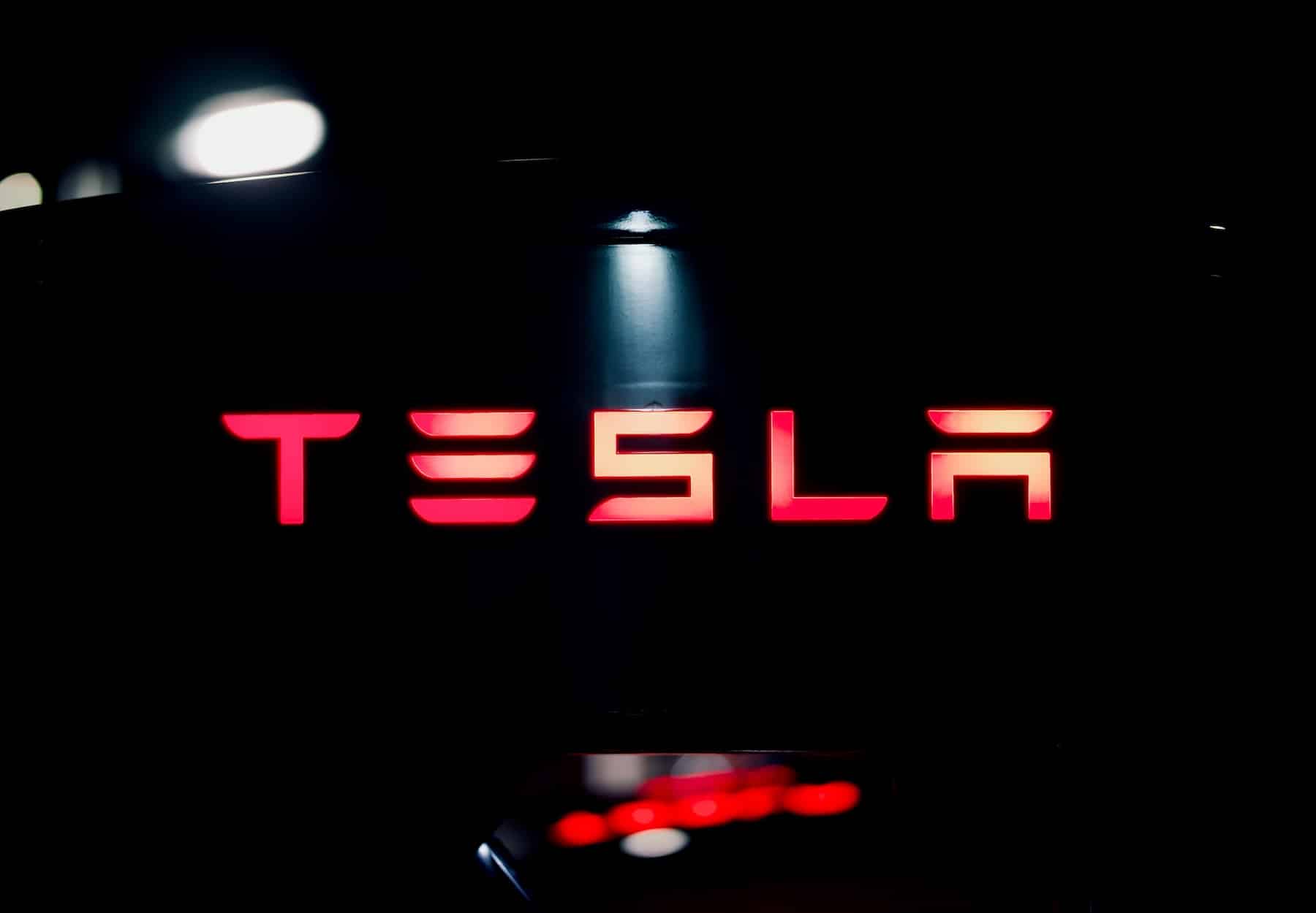The closure of the Dojo project marks the end of an ambitious Tesla effort to develop its own AI chips and ushers in a new phase of reliance on external technology with global implications.
Tesla has made a historic decision: officially shutting down the Dojo project, its supercomputing initiative dedicated to autonomous driving (FSD) and other AI applications. According to Bloomberg and Asian outlets like MYDrivers, CEO Elon Musk has made this choice following key departures from the team and a significant strategic shift that prioritizes collaborating with established external partners like NVIDIA, AMD, and Samsung.
An Expected End: From Ambition to Pragmatism
Launched as a visionary project in 2021, Dojo aimed to turn Tesla into a leader not only in electric vehicles but also in AI-driven supercomputing, with systems built from scratch to train massive neural networks, power Full Self-Driving systems, and support future platforms like the Optimus humanoid robots.
But by 2025, reality had other plans. According to Wccftech and Bloomberg, the project’s closure was accelerated after the exit of Peter Bannon, head of the Dojo team, who has now founded his own startup, DensityAI, with at least 20 former Tesla engineers. This mass talent drain left the team depleted, and remaining employees have been reassigned to other areas such as Tesla’s data centers.
Musk reportedly acknowledged internally that continuing Dojo in such conditions was unsustainable, leading to a strategic refocus on working with established industry leaders.
New Roadmap: Outsourcing Chips, Developing an Independent Vision
With the abandonment of in-house chip and supercomputer development, Tesla is now strengthening its dependence on three giants:
- NVIDIA: the main provider of AI computational power, especially for model training.
- AMD: as an alternative and additional partner for inference loads and servers.
- Samsung: responsible for manufacturing Tesla’s AI4 and AI6 chips under a multimillion-dollar agreement worth $16.5 billion, ensuring supply through 2033.
Additionally, TSMC continues to produce the AI5 chips already designed. However, production is becoming more diversified: Samsung will handle front-end manufacturing, while Intel will manage module encapsulation for the Dojo system chips.
What About Tesla’s AI Chips?
Although Dojo has been shut down, Tesla’s custom chips will not disappear. They will remain part of the architecture but will be manufactured externally and possibly adapted to current hardware standards, making integration with more conventional platforms easier and scaling faster.
The fate of the recent contract with Samsung to produce AI6 chips, originally intended to power part of Dojo, is unclear. These chips could now be repurposed for other AI applications like autonomous driving, vision systems, or even within Musk’s other AI venture, xAI.
xAI and Musk’s Long-Term Vision
Despite the Dojo shutdown, Musk does not abandon the AI race. Quite the opposite. His startup xAI, launched parallel to Tesla, is building hyperscale data centers in the U.S. for training large language models and artificial general intelligence, many of which could directly support Tesla products in the future.
Musk has hinted in recent conferences that the line between xAI and Tesla might blur, with shared technology and computational resources, including models aimed at optimizing autonomous navigation and human-vehicle interaction.
A Shift Toward Efficiency
This strategic change is not just technical but also financial and operational. Musk already mentioned in January that Dojo was a “long-term project with high uncertainty”, worth pursuing for its potential returns. But given the current AI landscape dominated by NVIDIA and the rising costs of attracting specialized talent, a pragmatic decision to invest in proven solutions has prevailed—focusing on what works now.
FAQs
Why did Tesla shut down the Dojo project?
Due to multiple factors: the exit of lead Peter Bannon, a massive talent drain to DensityAI, and a strategic pivot toward operational efficiency through partnerships with NVIDIA, AMD, and Samsung.What was the Dojo project?
An initiative to develop a supercomputer and custom chips designed specifically for AI, with goals of training advanced autonomous driving models and computer vision systems.What about the AI4, AI5, and AI6 chips?
Tesla will continue using custom chips, but these will now be manufactured by Samsung and TSMC, with some assembly handled by Intel. Some chips may be integrated into other AI projects, including xAI.How will this impact Full Self-Driving (FSD)?
The impact is unlikely to be negative. Tesla will still access necessary computing power via NVIDIA and external partners, possibly accelerating development by removing internal bottlenecks.
The shutdown of Dojo does not mean Tesla’s AI ambitions are over; rather, it signals a phase of greater realism, collaboration, and technological adaptability. In an industry where timing and execution outweigh promises, Musk has decided to step back from hardware development—to avoid losing the AI war.

